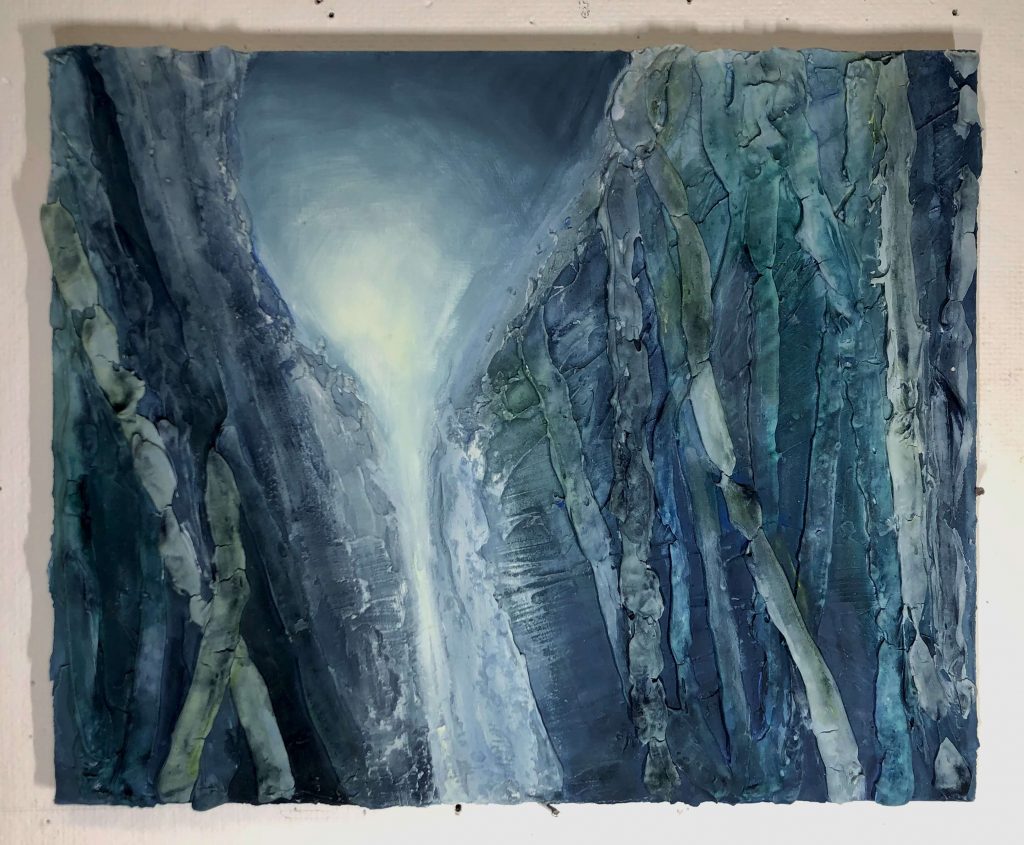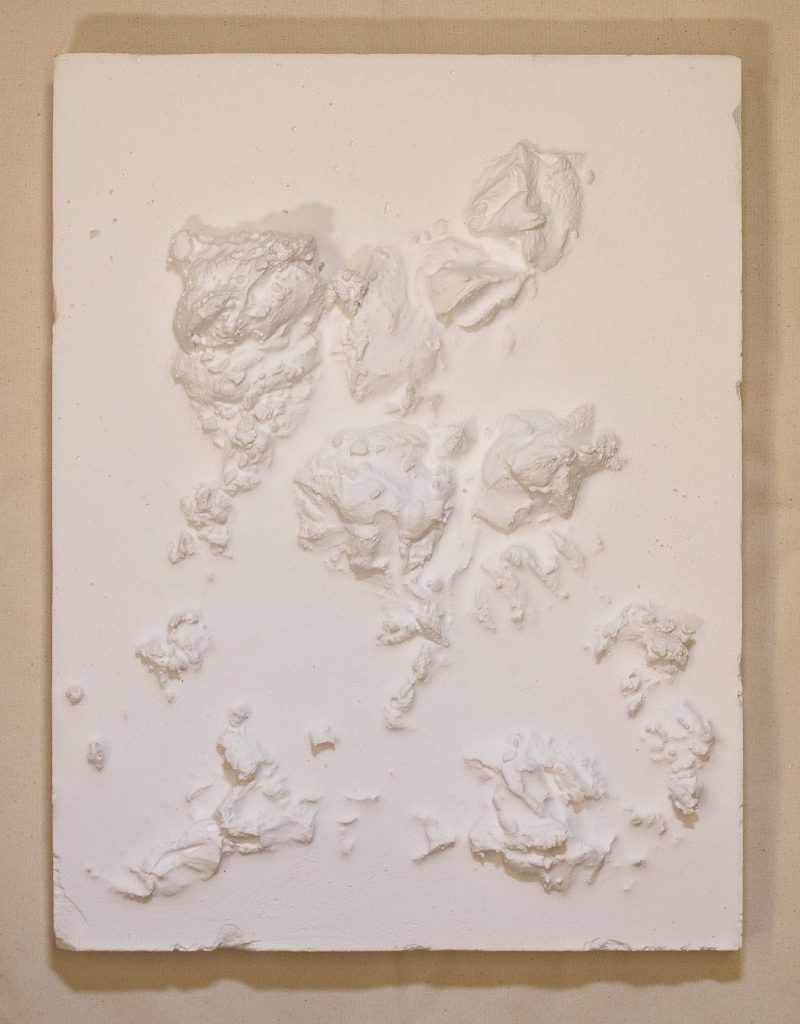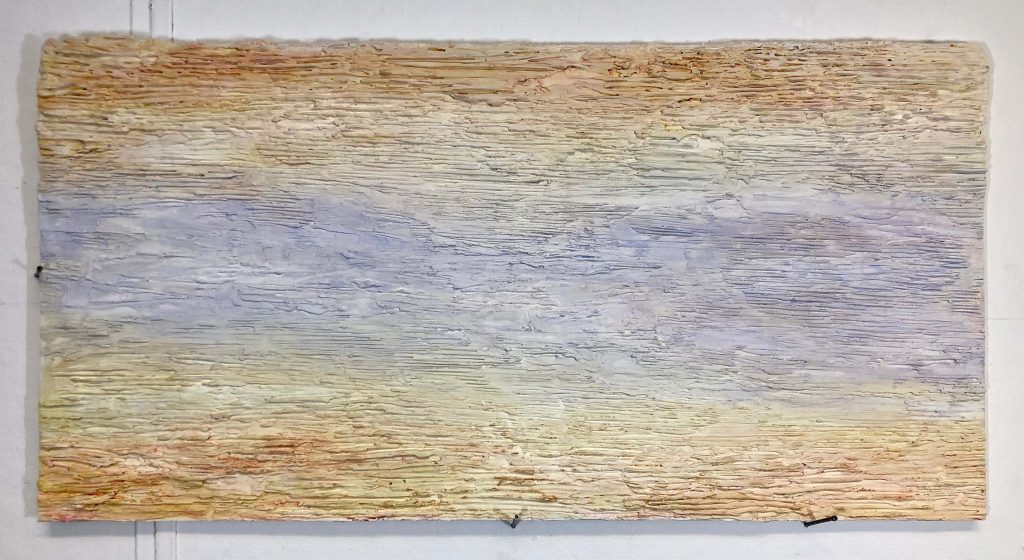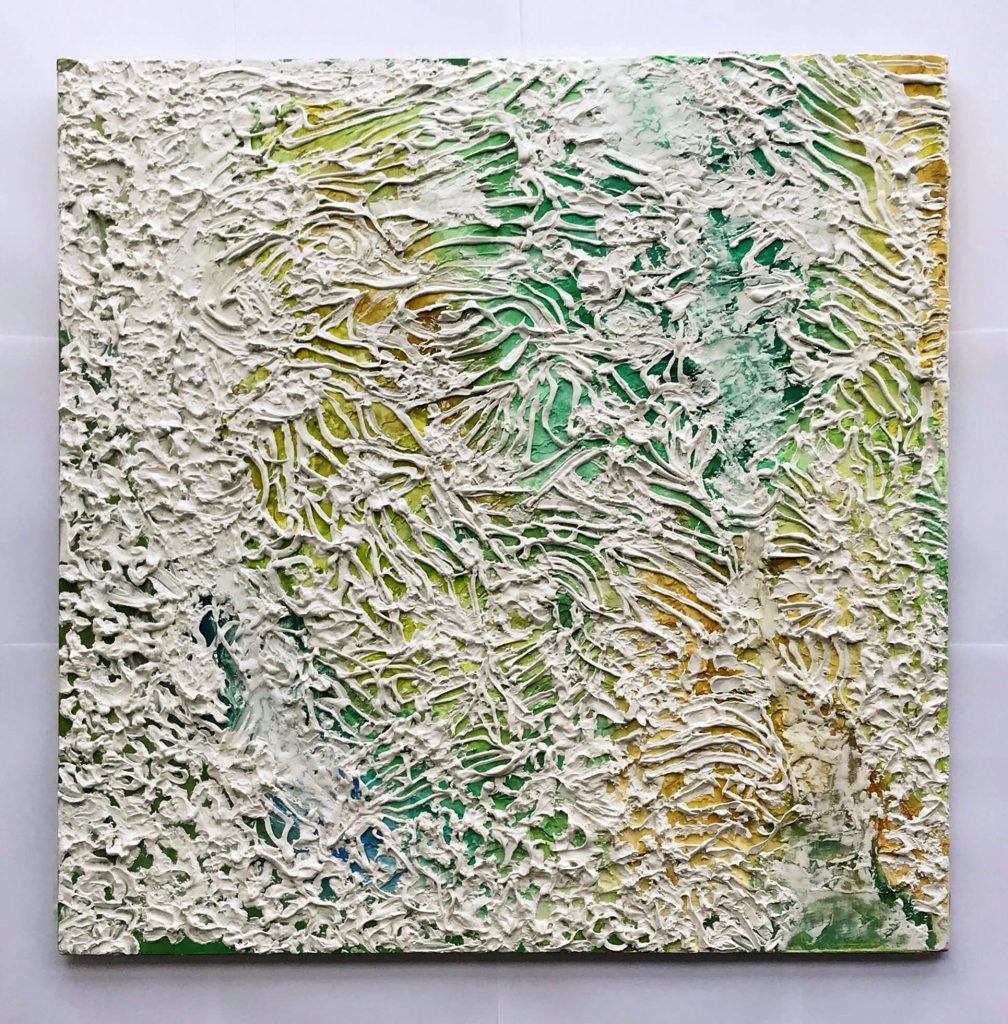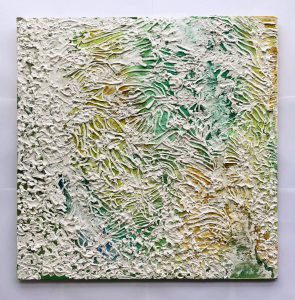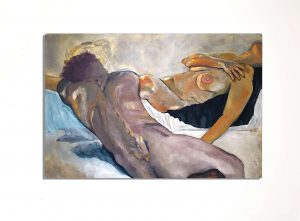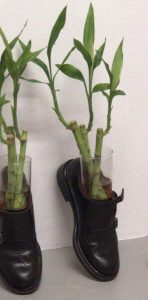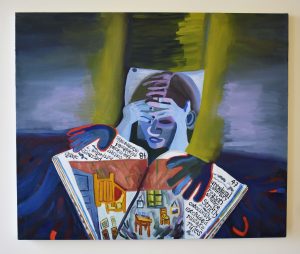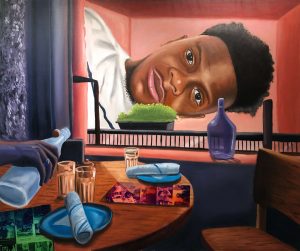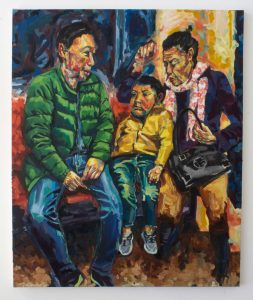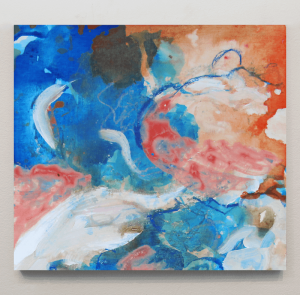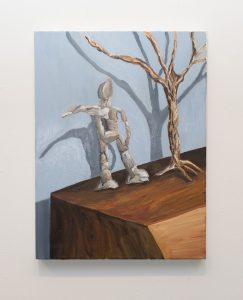Empty valley—no man in sight,
But some voices echo, far and light.
Deep woods—the light of the parting day
Returns, tingeing the green moss grey.
–Wang Wei, Deer Park
Translated by Chunsheng Zhu
Looking at the image in my head is like looking at this poem. It is my first memory of a piece of art, such a strange view to me as a child. The poet talks about the sunlight, trees, and moss on the rock… but nothing about him. The purity and objectivity of his language intrigued me. His word choices depict the mood, the color, the sound, but never give directions on how to interpret these elements. I still learn from him. Things that exist naturally (≠Nature) do not always provide direct explanations. They do not articulate themselves into statements, forms, or signs. Artists like Wang Wei (BC 701-760) takes the task to associate things that are once mundane or meaningless and make them appeal to our minds. I want to break down the principal elements of a painting that lead people’s interpretation—colors, textures, materiality, dimensions, light conditions. All of these aspects become tools. I am mostly interested in the process of reading images; what the pieces represent, revoke, and resemble should be flexible and sometimes personal to each viewer. I often control the number of clues to open a field for other interpretations to flow. I do not make definite statements; I support my viewers to do so.


